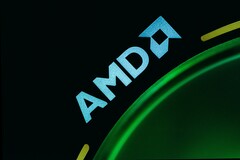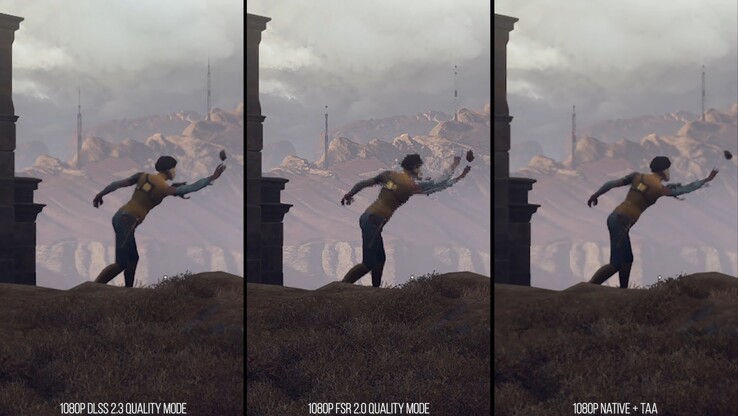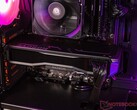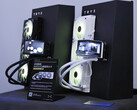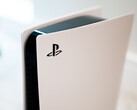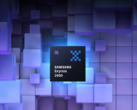AMD announced at Game Developer Conference 2024 that the next version of the FidelityFX Super Resolution (FSR) tech, namely FSR 3.1, will make its debut in Q2 2024. Games, Ratchet & Clank: Rift Apart being the first of them, will reportedly integrate FSR 3.1 later this year. The company has also announced that a total of 40 games now make use of FSR 3. The list includes 19 games that already on the market and 21 upcoming titles.
So, FSR 3 adoption is on the rise and, with the launch of FSR 3.1, we can expect more games to integrate the tech as the latest update improves upon one of the biggest shortcomings of AMD’s solution vs NVIDIA’s Deep Learning Super Sampling (DLSS).
FSR 3.1 image quality improvements
First up, FSR 3.1 will bring image quality improvements in the form of:
- Improved temporal stability at rest and in movement – less flickering and/or shimmering and “Fizziness” around objects in motion.
- Ghosting reduction and better preservation of detail.
FSR 2, which handles the image upscaling in FSR 3, pales in comparison to DLSS when it comes to visual quality. For instance, Digital Foundry has shown that FSR 2 exhibits more ghosting, flickering, and aliasing than DLSS, especially, in the Performance mode which is arguably the most important setting.
Therefore, FSR 3.1 aiming to address all of these concerns is a big deal.
FSR 3.1 frame generation changes
In addition to image quality enhancements, AMD is “decoupling” FSR 3 frame generation component from image upscaling. Per the company, doing this allows “FSR 3.1 frame generation technology to work with other upscaling solutions”.
One of the best features of FSR 3 is that it theoretically works on all modern GPUs no matter the manufacturer. For instance, you can run FSR 3 and take advantage of its frame generation on any RTX 20 or RTX 30 series GPU. Ironically, NVIDIA’s DLSS 3 only works on RTX 40 GPUs, leaving the owners of RTX 20/30 series cards empty-handed.
However, gamers running NVIDIA hardware might not want to run FSR 3 due to its comparatively poor image reconstruction vs DLSS. With FSR 3.1, AMD is allowing users to run FSR 3’s frame generation separately from the image upscaling providing a potential path forward for gamers who want to boost FPS with FSR 3 frame generation but also want to keep the image quality of DLSS.
Lastly, FSR 3.1 also brings new FidelityFX API and support for Vulkan and Xbox Game Developer Kit (GDK). So, we could finally see Xbox console games employing the technology. This could be especially useful for the Xbox Series S (Available on Amazon) which struggles to hit 60 FPS without significantly compromising on graphics.
Source(s)
AMD, Digital Foundry, Teaser image: Timothy Dykes on Unsplash




